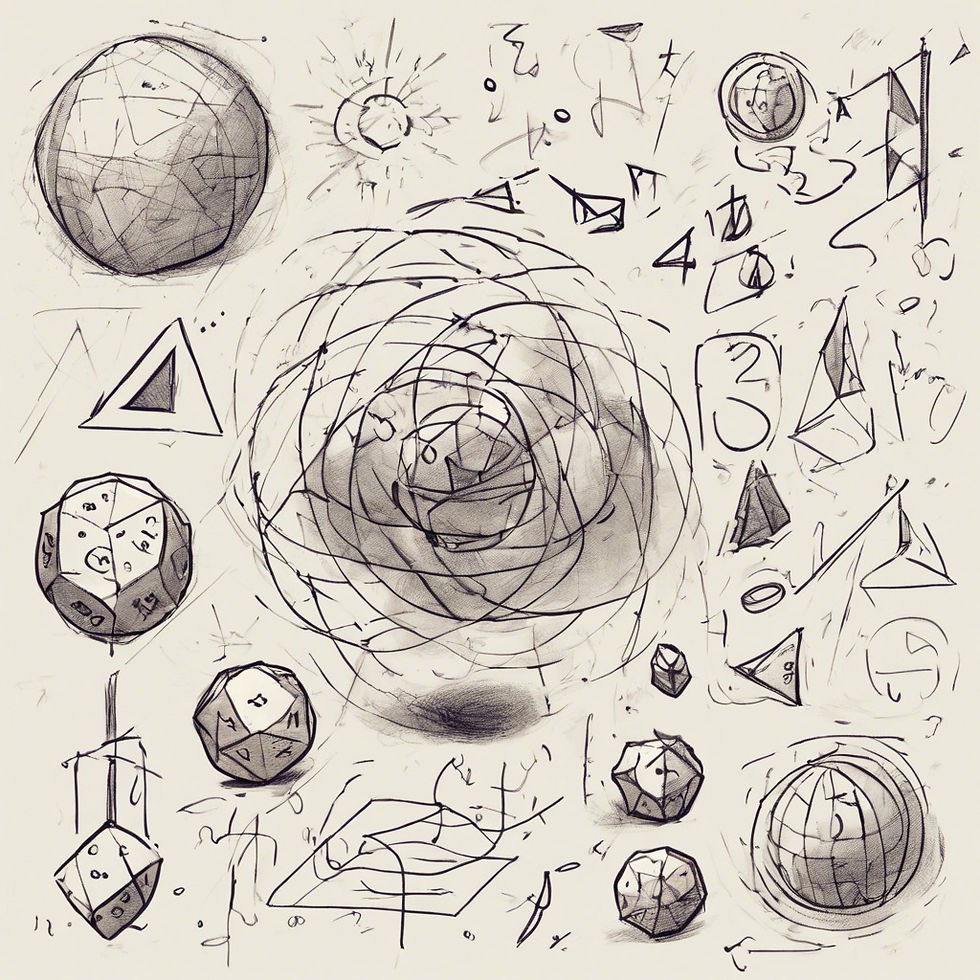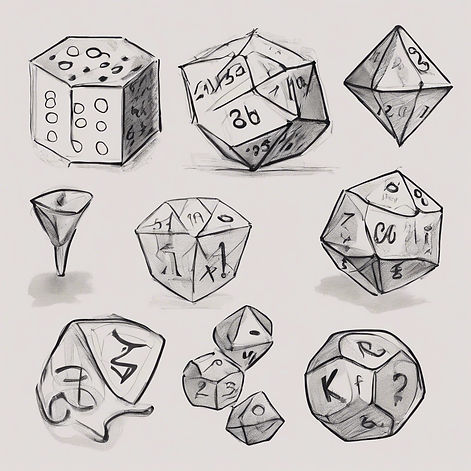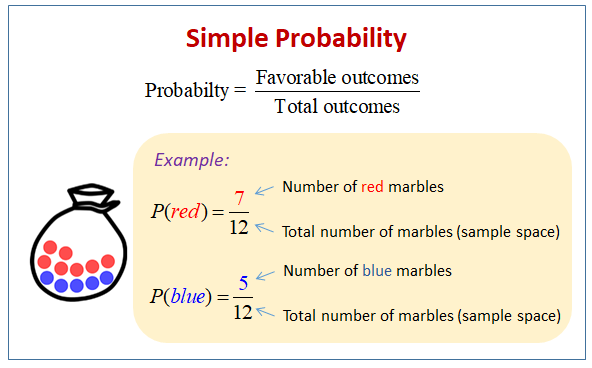The Wave
Summarizing Elementary Probability & Possibility: An Essay
Samuel Solomon Sanders
By

About the Writing
In the realm of predicting and calculating future events, the concepts of Probability and Possibility are key mathematical tools that provide a pathway to understanding the likelihood and variations of potential outcomes. By distinguishing between these two disciplines and employing specific methods within each, individuals can unravel the intricate web of possibilities or determine the percentage of probabilities with precision and clarity. Whether it involves permutation, combination, factorial, or distinguishable arrangements, each method offers a unique approach to analyzing scenarios and uncovering the multitude of potential outcomes that could unfold in any given situation.

The Writing
Written by Samuel Solomon Sanders
Sometime in late 2021
Summarizing Elementary Probability & Possibility: An Essay
Here's a thought: everything that will happen any day, from when a person wakes up, can be calculated and foretold. How so? By correctly using two main mathematical disciplines: Probability and Possibility. By determining which one to use and which method of that discipline to use, the exact number of possibilities or percent of probabilities becomes clear.
To determine the number of possibilities, first identify the type of problem being asked. The five most common are Multiplication, Permutation, Combination, Factorial, and distinguishable Arrangements. Multiplication, the first of those five, can be recognized because we multiply several independent events by another set of independent events.
The following is an example of the process:
A permutation problem can be identified by one, having a whole group (the total number of things), two, having a subgroup (number of things to be selected/arranged), and three, by its absolute necessity of order. This method compiles into the formula n P r, where n is equal to the whole group, P is equal to the permutation, & r is equal to the subgroup.
The following is an example of the process:
When recognizing a Combination problem, there are two requirements: We must identify a subgroup selection from the whole group, & order must not matter. Whilst this procedure is almost homogenous to the previous method, the difference between the two lies in the importance of order; in a Permutation, order does matter, whilst in a Combination problem, order does not. The correct formula is n C r, equal to n P r divided by r! (factorial).
The following is an example of the process:
What comprises a Factorial problem is quite plain: The goal is to obtain some number of possible arrangements of ______s, & order must not matter; keep the likeness of the Combination & Factorial method's requirements visible. Once we meet these two prerequisites, the formula is the number of original things you want to arrange, factorial. For those that don't know what a factorial is, it is the product of a number and the previous number and the previous, thoroughly to zero. A factorial is expressed through an exclamation point (!) at the end of the number.
The following is an example of the process:
A problem involving Distinguishable Arrangements involves elements that may be indistinguishable. For example, "A" is distinguishable from "A"; however, "A" is indistinguishable from "A." To solve a problem with this method, divide the total number of objects in the situation- the total number of "A" s, "a" s, etc -by the factorial number of objects indistinguishable.
The following is an example of the process:
To calculate the Probability of something happening, divide the number of successful outcomes by the number of possibilities. There is also a variation of this method, called Combined Probability, where if there are two independent events, the Probability of both events occurring is the product of each occurring separately.
The following is an example of the process:
When contrasting Probability & Possibility, there are a few key differences: while Probability is the likelihood of a specific event, Possibility gives the number of possible variations of that event. Additionally, Probability will be expressed as a percentage, while Possibility depends upon the method used. A question involving Possibility is also much more likely than Probability, as Probability is merely a subset of Possibility.
Human beings can and have gotten extremely close to prophesying the future through these two essential disciplines. Though there are many other methods for determining the Possibility or Probability of an event, the ones mentioned were appropriate for elementary Probability and Possibility. Thank you for reading.






